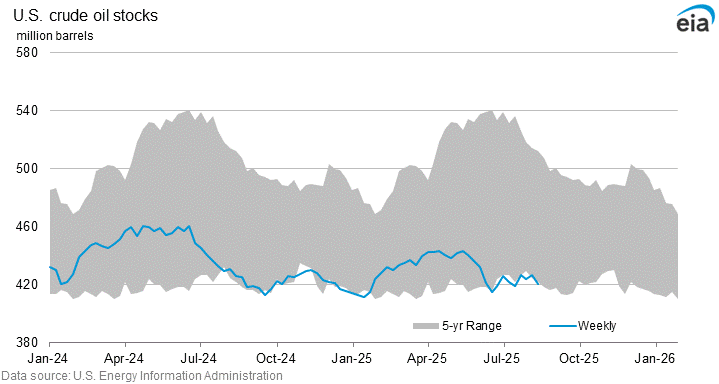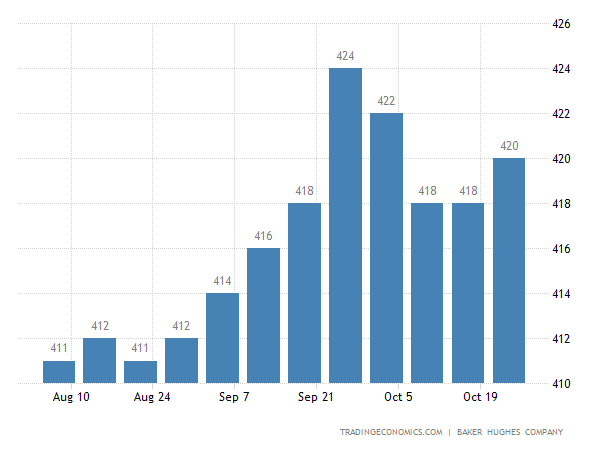The price of crude oil continues to fall as the increased demand from China did not buckle the trend, something that was anticipated by a large number of analysts. Falling banking stocks in Europe over the state of Credit Suisse dealt a further blow to the beleaguered markets this week.
In addition, the worries over the health of the global economy as a whole weigh heavily on the prevailing sentiment that hardly gets a boost when interest rates are rising and a string of layoffs in certain sectors is on the rise.
The collective failure to tackle the energy crisis in its infancy, after the pandemic, is clearly at the heart of the problem. The outbreak of war quite unexpectedly in Ukraine made the matters worse, as a key player in the energy sector, Russia, was at the forefront.
The global energy crisis led to the inflation spiraling out of control, which in turn diminished the spending power of people, both in the developed and developing world. The failure by Amazon to meet the sales targets and incurring a net loss of whopping $2.7 billion in the fourth quarter in 2022 for the first time since 2014, clearly indicate that the consumer apathy, indeed, is real.
In these circumstances, investors turned to closely watching the performance of the Chinese economy, the world's second largest economy, in order to sniff out a bullish catalyst. Although China appears to be growing, judging my its own Manufacturing Managers' PMI index, the heightened industrial activity has not yet resulted in a significant boost for the demand of crude oil.
On one hand, China openly imports oil from Russia at discounted prices, along with India, depriving the traditional sellers in the Middle East of the opportunity to sell the commodity in large volumes.
On the other hand, as reported by multiple media outlets, a shadowy fleet of tankers are at work in the high seas in order to make sure crude oil ultimately reaches where it is in great demand! That means the markets are awash with the commodity, despite the warnings to the contrary. Even Bloomberg confirmed that was the case.
The demand for crude oil in the US, the world's largest consumer - and producer, of course - meanwhile, has not picked up. On the contrary, the inventories are growing again, as confirmed by both the API, American Petroleum Institute and the EIA, US Energy Information Administration, this week; the builds are not trivial.
As of 12:30 GMT, the price of LNG, liquified natural gas, was at $2.20. If it goes below £2.00 - at this rate - it is going to be a paradigm shift in the sector and inevitable consequences remain to be seen.
On political front, the warming relations between Saudi Arabia and Iran, meanwhile, is a factor that cannot be ignored, when you take into account the developments in the oil sector.
Iran, a major oil producing nation in the Middle East, is under severe Western sanctions and the Saudis show an interest in investing in Iran. The finance minister of the Kingdom was equivocal, when he said that the investment activities would happen very quickly, after signing the agreement, brokered by China.
Analysts are closely monitoring whether such a move will include the investment in oil and gas sector as well. At present, Iran is not allowed to sell its oil in international markets legally. It, however, has been boasting that its oil revenues are growing every year, despite the sanctions.
If Iran can potentially bring in more oil to the markets in order to shore up its battered economy by virtue of its recently-kindled relationship with its Sunni foe in the region, it will not go down very well with Washington - or with the West for that matter.
The Washington's influence in the region, however, has been on the wane since President Biden came to power. The US has made it clear it would not get involved in 'endless wars', a concept coined by President Trump when he was in power. That means it is highly unlikely that the US would fight in the region on someone else's behalf, even if the latter is an old ally.
As this was the case, Saudis must have taken the opportunity to repair the ties with Iran for the own security of the former: up until last year, The Houthis from neighbouring Yemen, blessed by Iran militarily and politically, had been hitting Saudi oil facilities almost daily with explosive-laden drones and missiles.
The only defense against the threat was the US Patriotic anti-missile system that used to shoot down most of them, but not all. When the Saudis did not increase the production of oil, as the US requested it to do so, in order to bring the price down, the US removed the Patriotic batteries from the Kingdom as a metaphorical slap in the face, leaving it fully exposed to the threat; Saudis were forced to borrow Patriotic batteries from Greece to keep the threat at bay - as the last resort.
Since there was no change in heart from the US over the issue, the Kingdom may have turned to Iran, extracting some inspiration from the proverbial cliché, 'your enemy's enemy is your friend'. Iran has clearly used its influence over the Houthis to stop attacking Saudi Arabia recently and there are no drone attacks against the Kingdom anymore.
The long-term survival of the loyalties in the region, however, are not guaranteed, even if the mediator happens to be the major economic power in Asia, China; Sunni Arabs and Shite Iranians do not see eye to eye to on many issues, even when there was relative peace in the region. This may be a calculation that the US makes, when the latter cannot absorb the new reality in its entirety.
All in all, the crude oil markets, exactly like the tankers that carry them in the high seas, are swaying from side to side in the absence of clear market indicators to get their bearings right.









